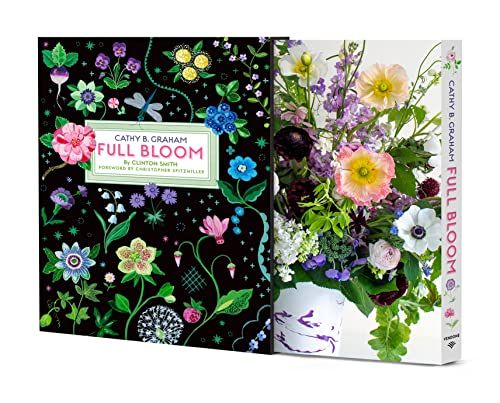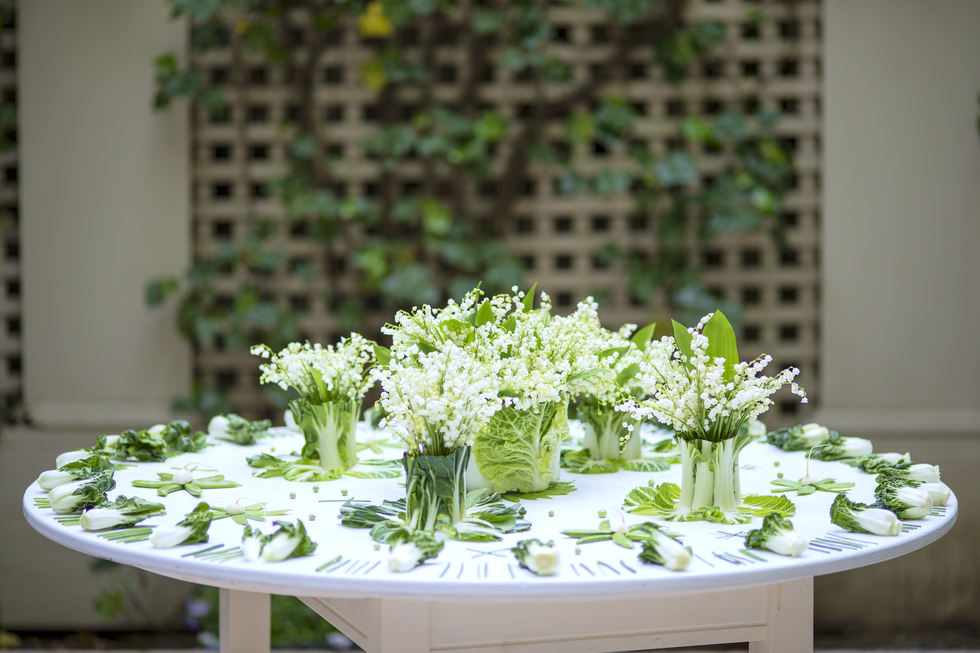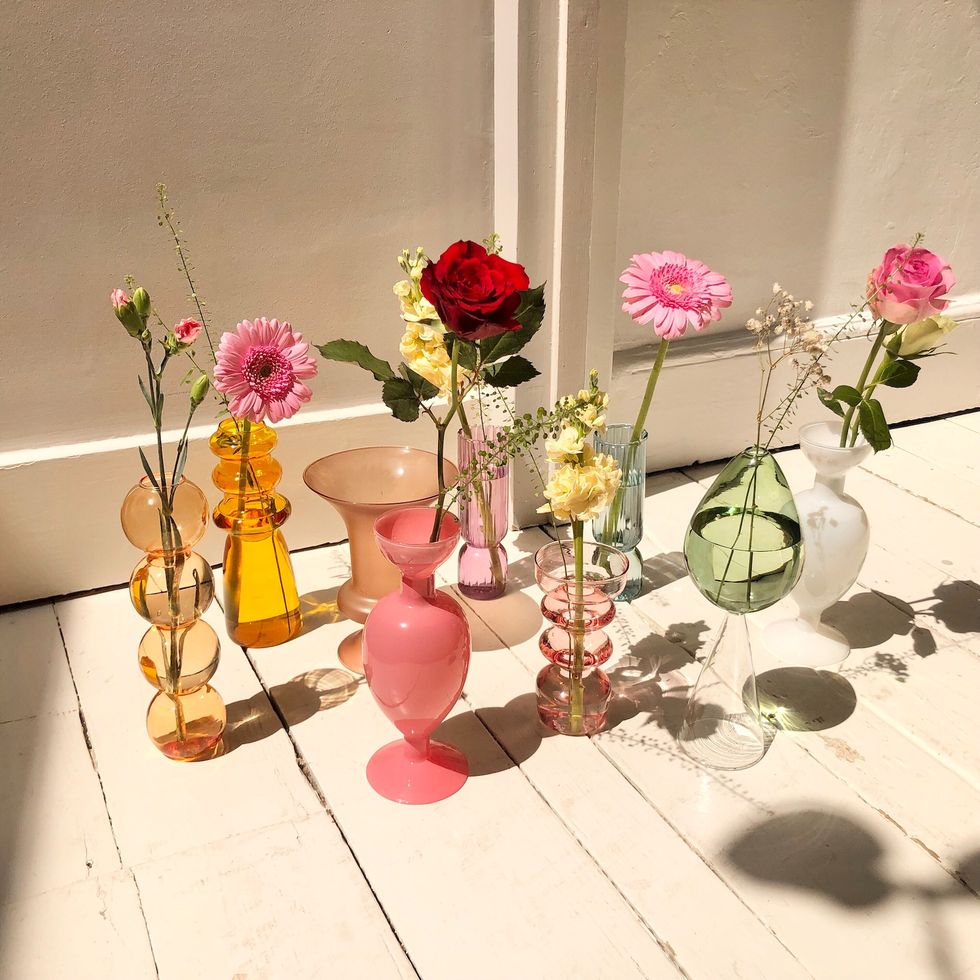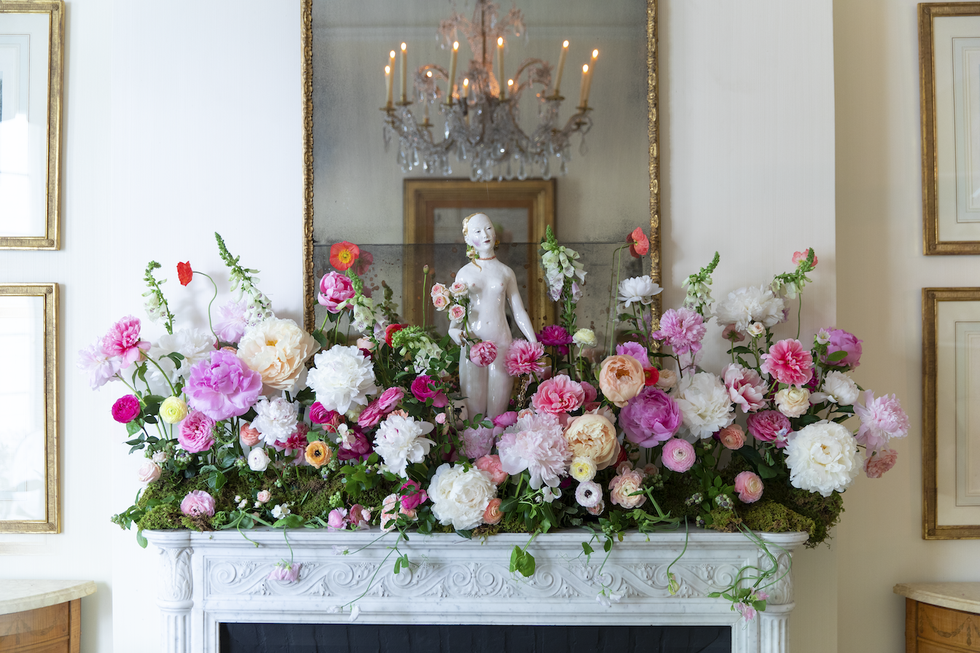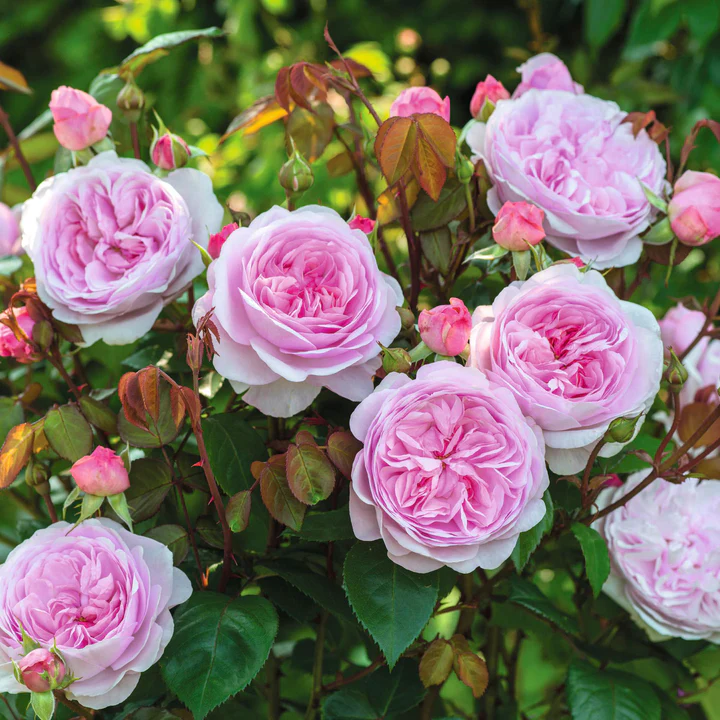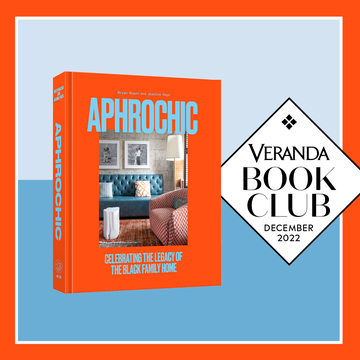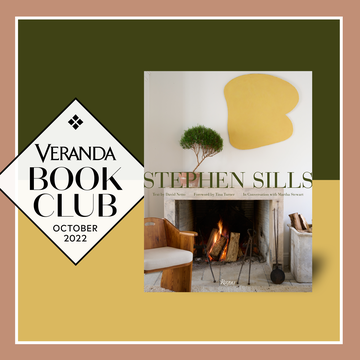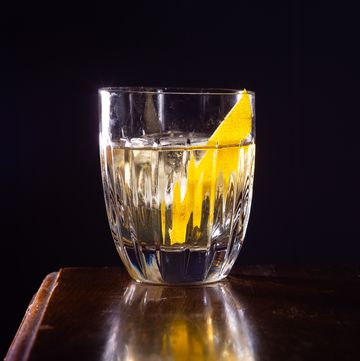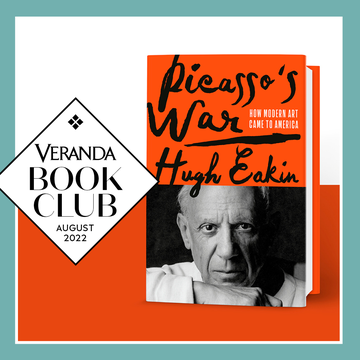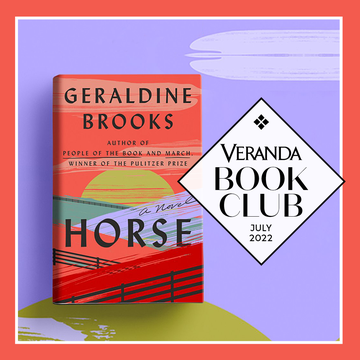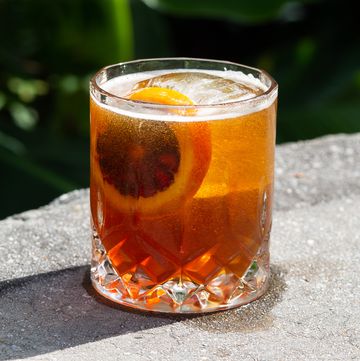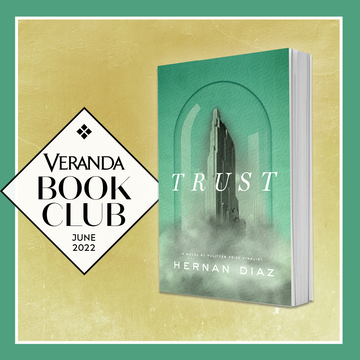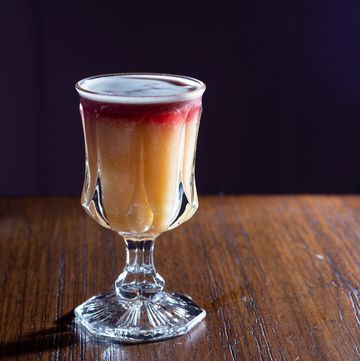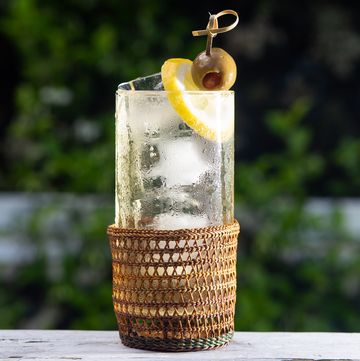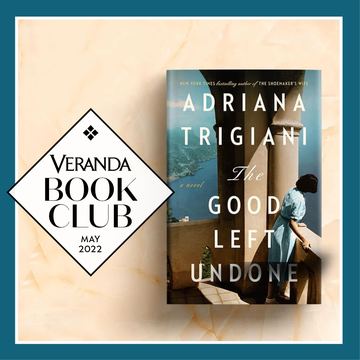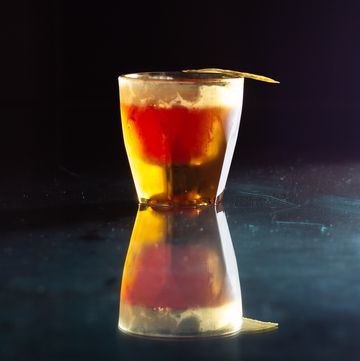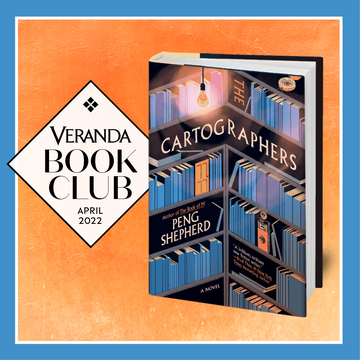Welcome to the VERANDA Sip & Read Book Club! Each month, we dive into a new book and offer exclusive conversations with the author, along with a perfectly matched cocktail. This month's pick is Cathy B. Graham: Full Bloom. In her second book, Graham invites readers into her colorful world of flowers through wildly beautiful floral displays and step-by-step instructions. Get caught up on our past book club selections here.
Cathy B. Graham's whimsical world is a colorful, flower-filled one. The multi-hyphenate artist is praised for her playful floral arrangements and tablescapes that ooze imagination and wonder at every cheeky turn. Now, she's inviting everyone into her world with the release of her latest book, Cathy B. Graham: Full Bloom, written by VERANDA's former Editor-in-Chief Clinton Smith. Each of the bountiful creations featured in the book perfectly illuminates the power of flowers to immediately set the mood of any dinner party. The drop-dead gorgeous photography is accompanied by how-to instructions and illustrations by Graham that invites readers to make their own floral creations. Here, Graham lets us in on her creative process and offers valuable advice on how to produce unforgettable arrangements.
What was the inspiration behind this book and how does it differ from your first book?
More From Veranda
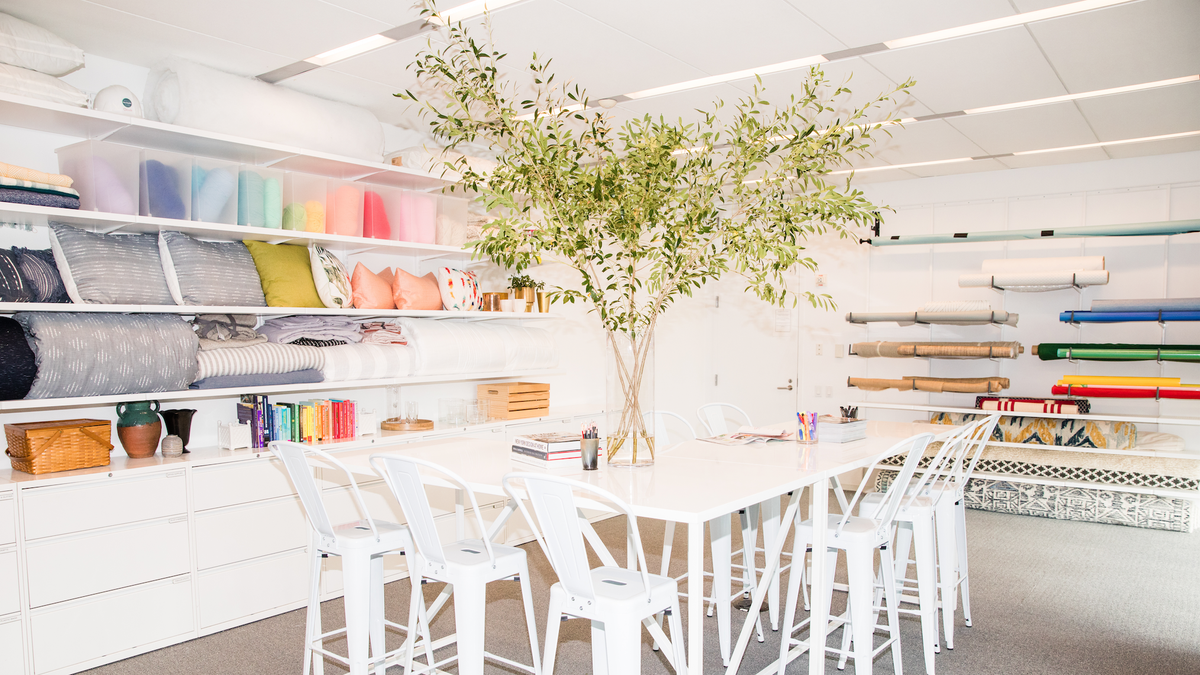
In the first book, I had various ideas with single flowers, and I introduced the beginning of the vegetable table and things like that. This book goes further—taking floral arranging to the next level and also really showing how the reader how they can do it too. I show basically a lot of things on how to start an arrangement, how to pick out colors, and how to work with colors. It's got a lot of how-tos mixed with a little bit of my nutty fantasy in it.
Almost all of the arrangements and tablescapes in the book have this sense of whimsy to them. Is that something you always aim for when you're creating tablescapes?
I always start with trying to make a beautiful arrangement, simple as that. Something with harmonious colors, something that looks beautiful. And then at the end, I'll just add just a touch of unexpected. Whether it's a branch with beans or little beets hanging from it, it's all about incorporating something that is not going to scream at you, but it's just a little bit of fun.
For example, I did this big extravagant arrangement for Christopher Sptizmiller's book party at Emily Erdmann's gallery in residence inspired by the comedian Minnie Pearl. It was just this crazy, extravagant, big arrangement with wonderful colors, and I put these vintage price tags all over the arrangement. I don't know if anyone even noticed, but these little details just make them a little bit fun. I love making people question, 'What in the world is she doing now?'
But, it has to be pretty. It has to be beautiful. Beyond anything, I want the flowers and the arrangement to be able to stand up on their own. And then, I come up with ways of adding something.
In the book, there are a few sections, such as the "Going Green" table, that focus on one color or a limited palette. How do you create interesting moments when working with a monochromatic palette?
I created, in the book, the Busby Berkeley table because when I was a kid, I loved watching Busby Berkeley movies. In fact, I hardly ever went to school. I just stayed home and watched all those movies. It's true. So, that was an idea of taking a monochromatic palette and making it a little bit special by using the unexpected texture and then the big arrangement.
For the table, in particular, I used a lot of lily of the valley because it's everywhere, and it's really cheap in May. I decided to take to make the containers really interesting. So keeping it green and white, I used bok choy and a clear nylon thread which I tied around the little glass vases there. I took the big leaves and cut them with scalloped scissors to make a little skirt for it. So, it's just taking something as simple as that and then putting it on the table.
Where does your inspiration come from for these arrangements?
While I'm doing flowers, I get in this funny zone—the 'flower zone.' Some people meditate, some people do yoga, and others run, I do flowers. It's my form of focus and relaxation. And while I'm relaxed, I'll just think, 'Oh, wouldn't it be fun to do this or that.' Or, I'll be in the Union Square market and see these beautiful vegetables thinking, 'I'll take a stick and I just stick that wonderful, crazy-looking radish into the arrangement.'
My inspiration really comes from what I see that the time of year and just being in a zone where I take all my other thoughts out. And, sometimes creativity comes from me saying, 'I don't want to keep doing this arrangement.'
What are some of the essential items in your flower-arranging toolbox?
I always have clippers, waterproof floral tape, and something to create the structure. If you've got strong stems, you don't really even need a structure—just arrange them in a crisscross fashion. I love floral pillows—these floral cage pillows are fairly new. I started using them with this book, and what's great is that they're reusable and they're very easy to work with. Also, they're environmentally safe because you can keep reusing them. I did not use foam in this book. Absolutely zero. So, it's all doing things with chicken wire, bun, moss, and other ways to get a structure. My favorite thing, which is in the book, is using water vials.
So, part of my tool kit would be water vials, pillows, coated chicken wire, and tape. Then, I have sticks, so I can make shorter flowers, like a little pansy, appear taller if I want. So, I would say those would be the essential things. And of course, some kind of container that it will all go in.
In general, how do you cultivate your space to be creative?
All I need are the flowers. It's really true. I just did something in Texas where I was doing this arrangement for the head table at the Texas Women's Club. I brought the flowers with me, and I did them all in the bathroom. I've done flowers in bathrooms a number of times.
So, it's not really about the space you're in as much as the colors, the textures, and the smell. Just make sure you have enough room to move, your essential tools, the flowers, and the flowers in water. You have to have buckets or something too. For the flowers, you must condition your flowers if you're buying them raw for the floral market.
What do you mean by conditioning your flowers?
When you buy flowers, even if in a supermarket, you have to recut them. You have to make sure that no leaves are in the water. You should have them set before you arrange them. I like to have a few hours. It's just a chance for them to absorb the water. And, then I go about arranging them. Certain flowers are sappy, and you want to actually take a lighter and singe the ends. But it's all pretty. For woody branches, I take a hammer—you can just split it too—and smash them. It's just getting water into the flower to keep it alive.
What are some easy flowers to work with for people who are just starting?
I love having greens and using greens because I think green is neutral. With greens, I feel you can create the structure in the shape that you want. By doing that, you don't need to use as many flowers.
From there, you can add flowers. You can just add one type of flower, whatever you want. I think having a structure really helps and a very easy flower is a peony. They're so big and lovely, and they really don't need another flower with them. You can use the technique of crisscrossing the stems for peonies too. Very easy.
How do you know when to do a big arrangement versus a smaller arrangement?
It really depends on if it's at a big table—you will want to fill up the table. Sometimes, it's all about doing a little arrangement to be on a table in the living room or in the kitchen. It really depends on the space you're putting it in. If it's a big, huge party, I will do big, huge flowers.
What are your essential flowers for each season?
Tulips for spring, peonies for summer, dahlias for fall, and winter roses.
Do you have a certain shade of rose that you really love to work with?
I am crazy about David Austin roses. I love garden roses. I tend to gravitate toward the pinks and the corals and creamy colors. I love that sort of palette together, pinks and soft oranges, and I just love that. And that's what I grow a lot of in Nantucket to do the arrangements with. Lavender roses are [also] beautiful mixed with blue hydrangeas. There are all sorts of things you can do to look at colors making sense.
What's your go-to, last-minute arrangement for a dinner party? If you only had 30 minutes before the party, what are you grabbing?
First of all, if you're going to do flowers, you see what they have that looks good because you don't have any time. You get something easy to arrange any of the time. They always have roses and usually, their roses are already conditioned. You just cut them, so you can just do a bunch of roses.
But, what I recommend is you just get a big, beautiful bunch of whatever fruit that looks absolutely gorgeous, not mixing it with other fruit. So. you've got beautiful peaches or beautiful lemons and just taking those and making a big, huge bowl of it. If you can get a hold of lemon leaves, it pretty looks pretty to add some leaves to it and then do small little flower arrangements around that. And, it takes a second and it looks pretty.
Sarah DiMarco is the Assistant Editor at VERANDA, covering all things art, design, and travel, and she also manages social media for the brand.

